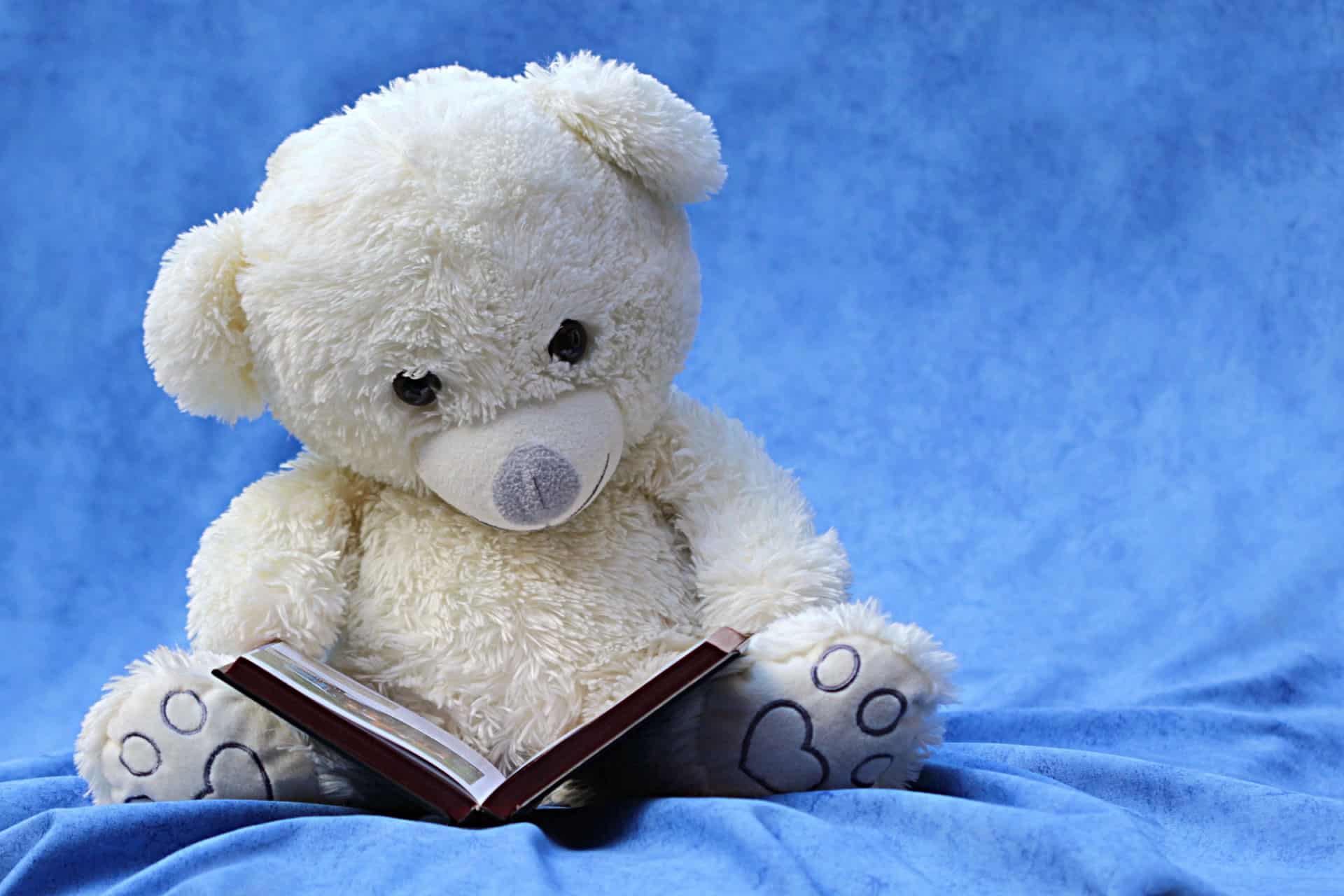Medieval marvels abound in the enchanting landscapes of Ireland, where centuries-old fortresses, monasteries, and towers rise majestically against the skyline. These enduring monuments narrate tales of chivalrous knights, pious monks, epochal battles, and shifting political dynasties that have left indelible impressions on the tapestry of Irish history. Each landmark, steeped in ancient lore, is a gateway to the past, whisking us back to a transformative era in the annals of this verdant land. Let’s embark on a journey through time, delving into the fascinating stories of Ireland’s most iconic edifices from the Middle Ages.
As the mists of time roll back to the Middle Ages, Ireland’s historical narrative weaves a captivating tapestry of formidable castles, solemn abbeys, and mighty fortified towers. This epoch was a period of significant transformation, marked by profound religious devotion, fierce battles, chivalrous knights, and the relentless push and pull of political power.
One of the most breathtaking embodiments of Ireland’s medieval past is the Rock of Cashel, also known as St. Patrick’s Rock, standing tall against the sky in County Tipperary. This remarkable group of medieval buildings includes a 12th-century round tower, a High Cross and Romanesque Chapel, a 13th-century Gothic cathedral, and a 15th-century castle. The Rock of Cashel is steeped in mythology and history. According to local folklore, the rock originated in the Devil’s Bit, a mountain 20 miles north of Cashel when St. Patrick banished Satan from a cave, resulting in the Rock’s landing in Cashel. Today, the Rock of Cashel serves as a poignant symbol of Ireland’s clerical history and medieval architecture.
In County Cork, the legendary Blarney Castle, a striking medieval fortress, draws travellers from around the world. The castle is best known for the Blarney Stone, also known as the Stone of Eloquence. According to enduring legend, anyone who bends over backwards to kiss the stone, positioned high up in the castle’s battlements, is bestowed with the gift of eloquence, or as the Irish say, “the gift of the gab”. Built nearly six centuries ago by one of Ireland’s greatest chieftains, Cormac MacCarthy, Blarney Castle also boasts beautifully maintained gardens, making it a must-visit site for any history or nature lover.
The medieval marvels of Ireland extend beyond these iconic structures. Trim Castle in County Meath, the largest Anglo-Norman castle in Ireland, paints a vivid picture of the country during the Norman Invasion. The intricate design of the castle, its imposing three-storied keep, and the formidable curtain walls reflect the strategic military mindset of the era.
Further still, the medieval monastic settlements lend another dimension to this historical journey. The beautifully preserved Franciscan Friary of Ennis in County Clare and the Cistercian Abbey of Mellifont in County Louth stand as testament to the widespread religious fervour and architectural ingenuity of the time.
Lastly, no exploration of Ireland’s medieval period can overlook the influence of the Vikings. Dublin’s Viking roots are celebrated at Dublinia, an interactive museum where visitors can experience life in the city during the Viking Age.
Each of these medieval landmarks provides a fascinating glimpse into a bygone era that continues to shape Ireland’s cultural and historical landscape. They invite us on a journey of discovery, unearthing stories of ambition, devotion, conflict, and resilience that are etched into the very stones of Ireland’s medieval marvels.


